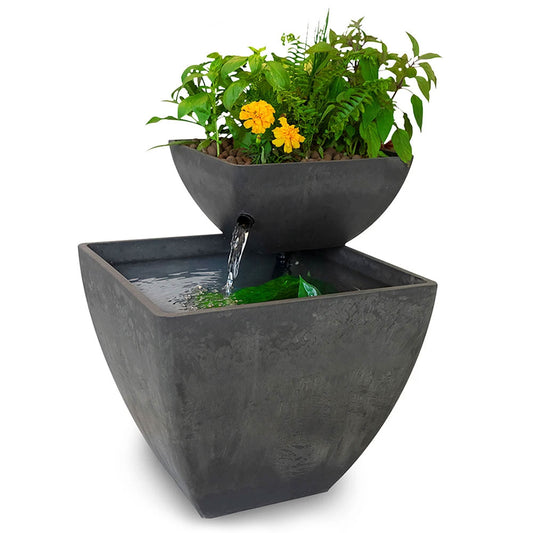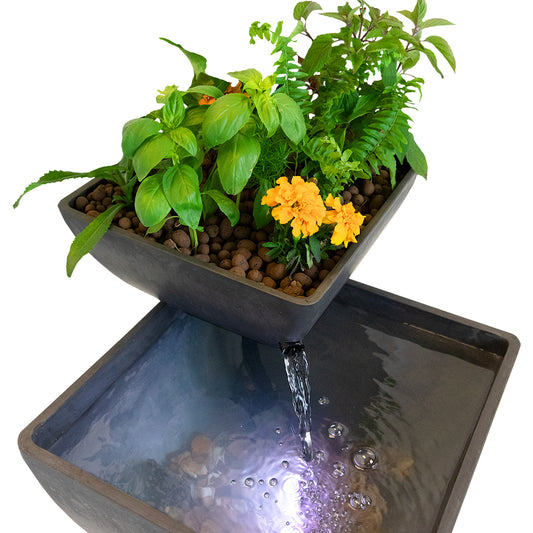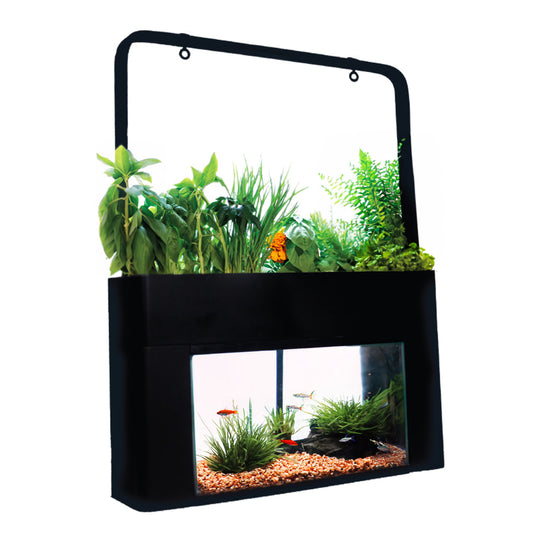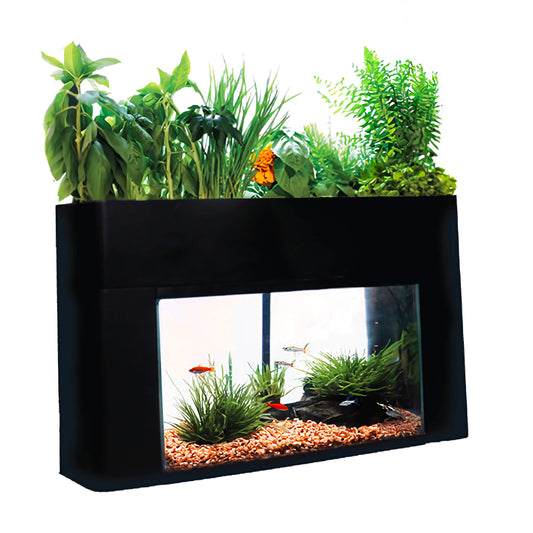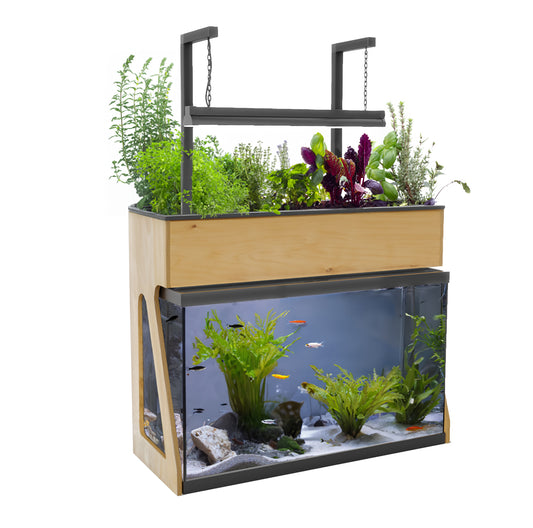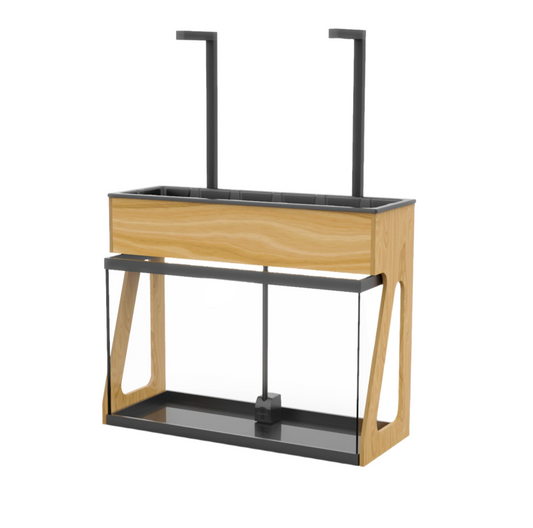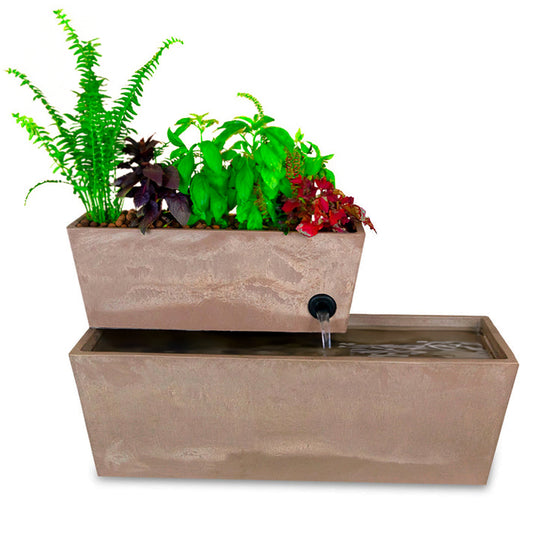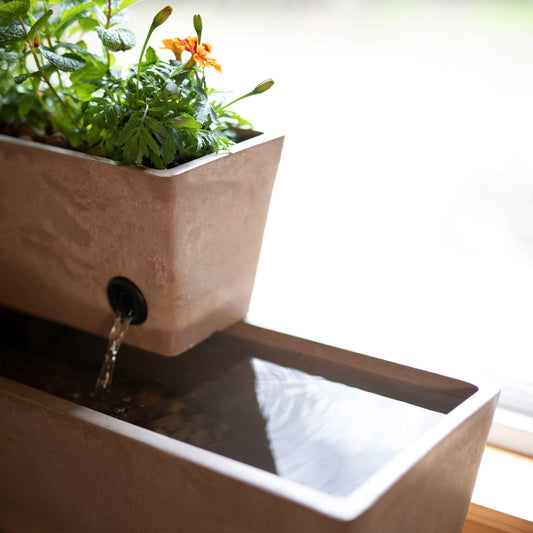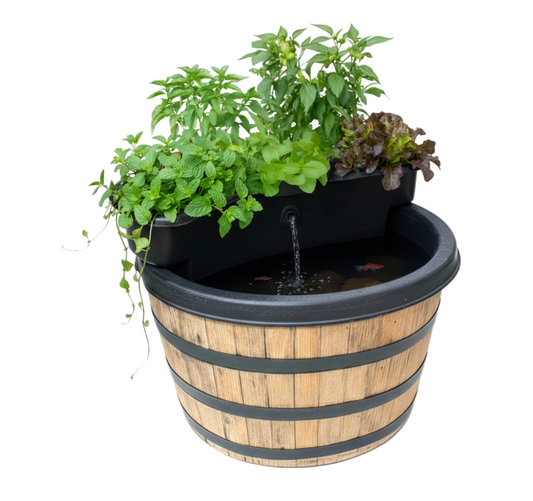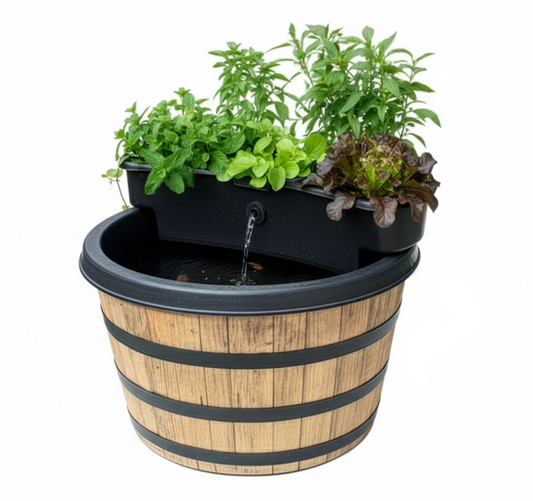Understanding Water Hardness: A Comprehensive Guide
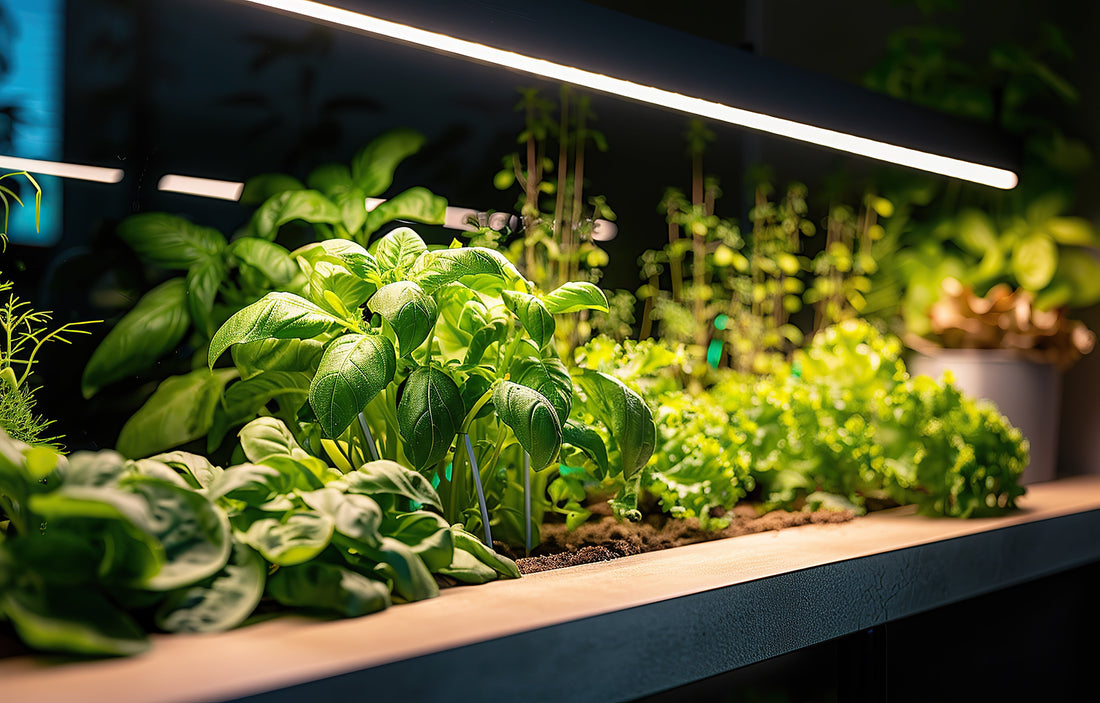
Water hardness is an important aspect of water quality, particularly in systems like aquaponics where it can significantly impact plant and fish health. At its core, General Hardness (GH) refers to the concentration of divalent metal ions in water, with a particular focus on calcium and magnesium.
In aquaponic systems, these two elements are the primary contributors to hardness, while other metals like iron, aluminum, and manganese also play a role but are generally less significant.
What is General Hardness?
General Hardness is the sum of various divalent metal ions, including calcium (Ca2+), magnesium (Mg2+), iron (Fe2+), aluminum (Al), and manganese (Mn). In terms of measurement, water hardness typically gets reported in three ways:
- Degrees of General Hardness (dGH)
- Parts per million (ppm)
- Grains per gallon (gpg)
While all three measurements are relevant, ppm is the most commonly used metric for assessing hardness in aquaponics. For reference, here are the conversion factors for these units:
- 1 dGH = 17.85 ppm CaCO3
- 1 gpg = 17.12 ppm CaCO3
Common Misconceptions
A common mistake when interpreting GH values is assuming a direct correlation between the sum of calcium and magnesium concentrations. For instance, if a water test indicates a GH reading of 100 ppm, many people might incorrectly assume that this means they have 70 ppm calcium and 30 ppm magnesium.
In reality, the equation for General Hardness is more complex:
GH (as ppm CaCO3) = CaCO3 + MgCO3 + FeCO3 + MnCO3
Since most water testing methods report calcium concentrations as Ca2+ rather than as CaCO3, we need to apply a conversion factor to interpret the readings accurately:
GH (as ppm CaCO3) = Ca2+ × 2.5 + Mg2+ × 4.1 + Fe2+ × 1.79 + Mn2+ × 1.8
Testing for General Hardness
There are two primary methods for testing General Hardness:
- Titration: A traditional method that involves adding a reagent to a water sample until a reaction occurs, indicating the hardness level. It is known for its accuracy and reliability across different ppm levels.
- Colorimetry: A method that relies on color changes in a water sample to determine hardness levels. While effective, it can be less accurate for readings below 10 ppm.
Importance in Aquaponics
Understanding and managing water hardness is crucial in aquaponic systems. High levels of hardness can impact nutrient availability for plants and stress aquatic life, while very soft water can lead to deficiencies of essential minerals. Balancing the right levels of calcium and magnesium ensures optimal growth and health in both plants and fish.
In summary, grasping the intricacies of water hardness—from its measurements and calculations to testing methods—enables aquaponic practitioners to create a stable and healthy environment. Proper management of General Hardness is not just about reading numbers; it’s about nurturing the delicate balance that sustains both plant and aquatic life in these innovative ecosystems.

